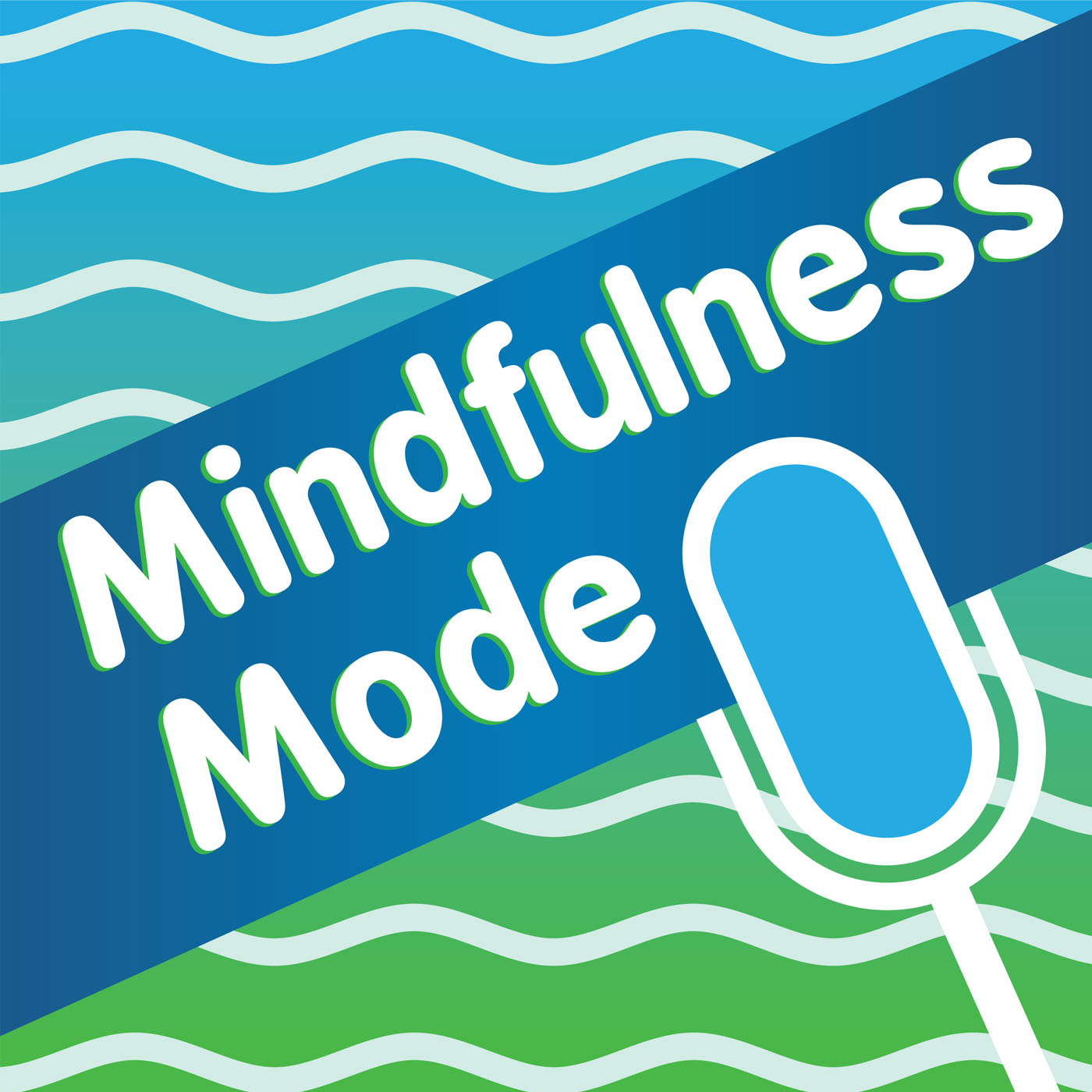
Taste and Mindfulness is our topic today. Hot weather and ice-cream go hand in hand. Thinking about ice-cream takes me back to my childhood, growing up on the farm when we got an ice-cream freezer. This ice-cream making machine was great because we already had fresh milk, fresh cream and fresh eggs. My mom would make up the recipe and my dad would get ice to put in the machine with some salt, which would lower the temperature of the ice.
My four brothers and I would be watching and waiting impatiently, crowded around the kitchen table watching this machine magically make homemade ice-crea. We could barely wait until it was time to stop the machine and look inside. Would it be ready? Or would we have to put the lid back on and let it churn a little longer? By the time the ice-cream was ready it felt like Christmas morning. We were all ready with bowls and spoons each one of us wanted to be the first to ‘dig in'.
Suddenly – BRAIN FREEZE!!! You had to be really careful or you would experience the powerful, painful sensation of brain freeze. The delicious flavour combined with the exciting ice-cream making experience, then coupled with brain freeze seemed to etch this experience into my mind forever.
This was a mindful experience. Once that ice-cream hit my taste buds, I didn't think about anything else. Except for the brain freeze of course. Flavours can be a great way to experience mindfulness because we can slow down, think about the flavour experienced when the food first touches the tongue. Think about the sweetness, the creaminess and the richness. By focusing on all these sensations, you are being mindful. You are thinking of nothing else at that particular time.
Taste is a powerful sensation and is linked to smell. Many times we enjoy the smell of the food before we experience the taste. Take your time. Savour the smells, savour the flavour. Savour the moment you first experience the flavour.
This form of mindfulness will open you up to a deeper understanding of what mindfulness really is. You will then translate the mindfulness you experience with taste, over to the mindfulness you experience with the other senses.
That is the reason I separated mindfulness experiences for children into the categories of see, hear, smell, taste and touch in the book mentioned below. The book includes specific mindfulness activities you can do with your children. After doing the included exercises, you'll think of your own to do.
Making the decision to be truly mindful and focusing on taste when you eat is the first step to mindful eating. If you're anything like me, you'll begin to eat less and enjoy food more.
Quotes:
- Mindfulness of the body is the awareness of the taste and smell of this moment. – Steve Hagen
- Taste, smell and enjoy the present moment. – Bruce Langford
Books:
Savour: Mindful Eating, Mindful Life by Thich Nhat Hanh and Lilian Cheung
Mindless Eating: Why We Eat More Than We Think by Brian Wansink
Thank You Bonus:
Would you like to help your children become more mindful? Most children are naturally mindful already but they need to hear from adults that it's OK to live in the moment. You will experience laughs, serious moments and enjoy new-found connections as you interact with your child using the innovative, yet simple techniques found in this book.
Download it for free right here:
21 Ways To Practice Mindfulness With Your Child Every Day For 7 Minutes by Bruce Langford








